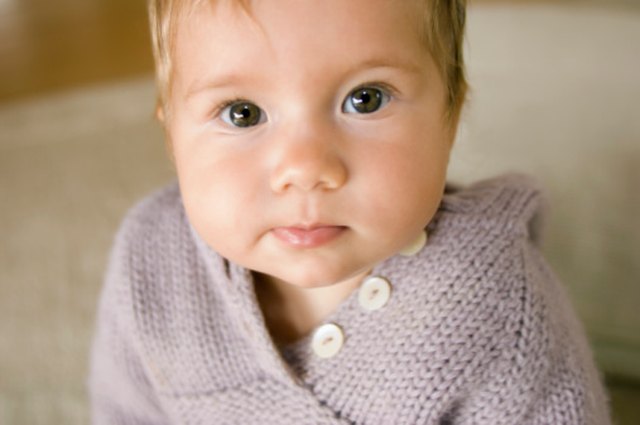

Do not receive good medical care while pregnant.Being born early and having a low birth weight increase a baby's chances of SIDS.ĭuring pregnancy, mothers also affect their babies' risk of SIDS, especially if they: Babies who live with smokers have a higher risk of SIDS. Babies with siblings who died of SIDS are at higher risk of SIDS. For reasons that aren't well understood, SIDS occurs more often in Black, Native American and Alaska Native infants. Infants are at higher risk between the second and fourth months of life. Boys are slightly more likely than girls to die of SIDS. But researchers have found several factors that might raise the risk. Being too warm while sleeping can increase a baby's risk of SIDS. But it may help if the infant sleeps in a separate bed in the same room with parents. The risk of SIDS rises if a baby sleeps in the same bed with parents, siblings or pets. Lying face down on a fluffy comforter, a soft mattress or a waterbed can block an infant's airway. Babies placed in these positions to sleep might have more trouble breathing than those placed on their backs.


A cold may lead to breathing problems.Ī baby's sleeping position, items in the crib and other conditions may increase the risk of SIDS.

Many infants who died of SIDS had recently had a cold. The baby may have less control over such automatic processes as breathing and heart rate. Being born early or being part of a multiple birth increases the chances that a baby's brain hasn't fully developed at birth. In many of these babies, the part of the brain that controls breathing and waking up from sleep hasn't developed enough to work properly. Some infants are born with problems that make them more likely to die of SIDS. Physical factors associated with SIDS include: For a how-to video on our AMAZING side-settling technique (perfect for babies right up to 3 or 4 months), click HERE.Both physical and sleep factors put an infant at risk of SIDS.
#SLEEPLESS 2 WEEK OLD BABY HOW TO#


 0 kommentar(er)
0 kommentar(er)
